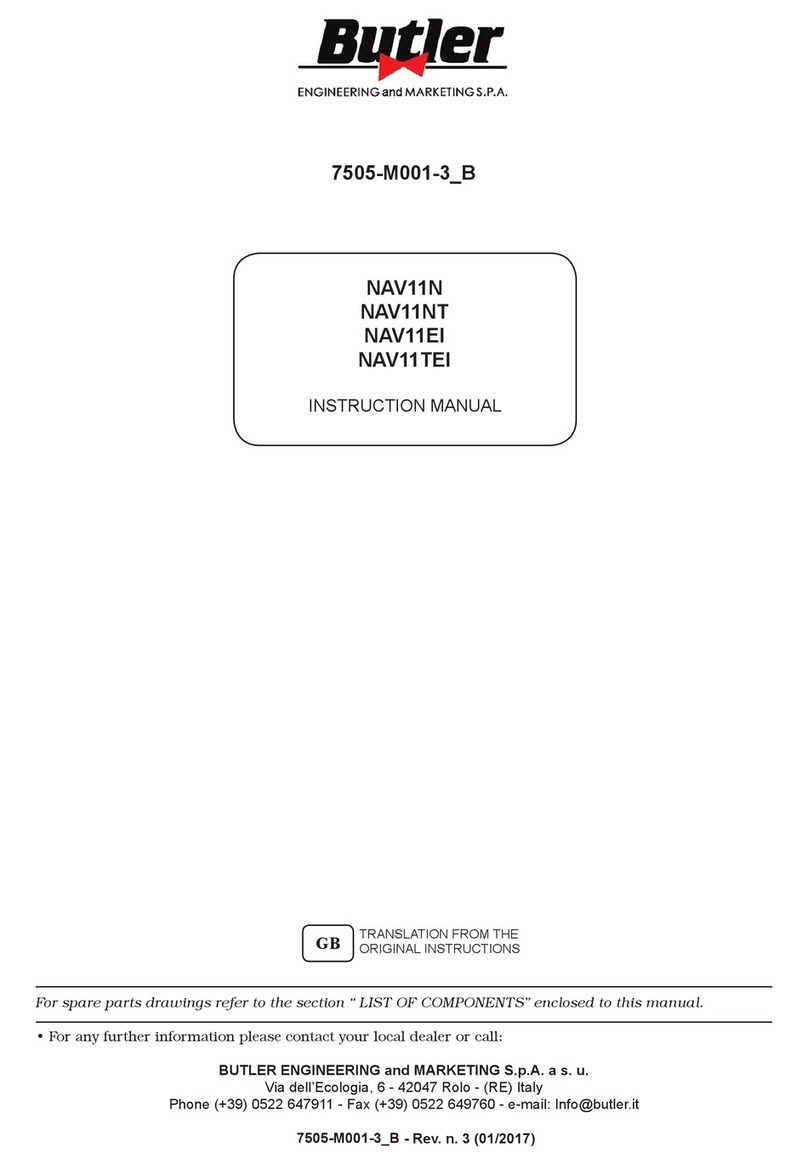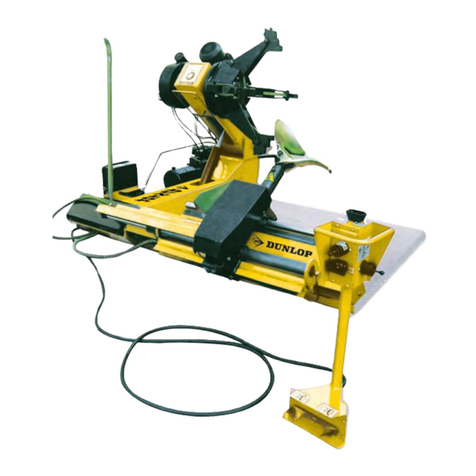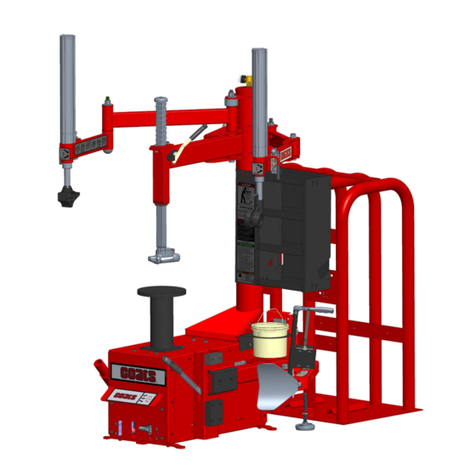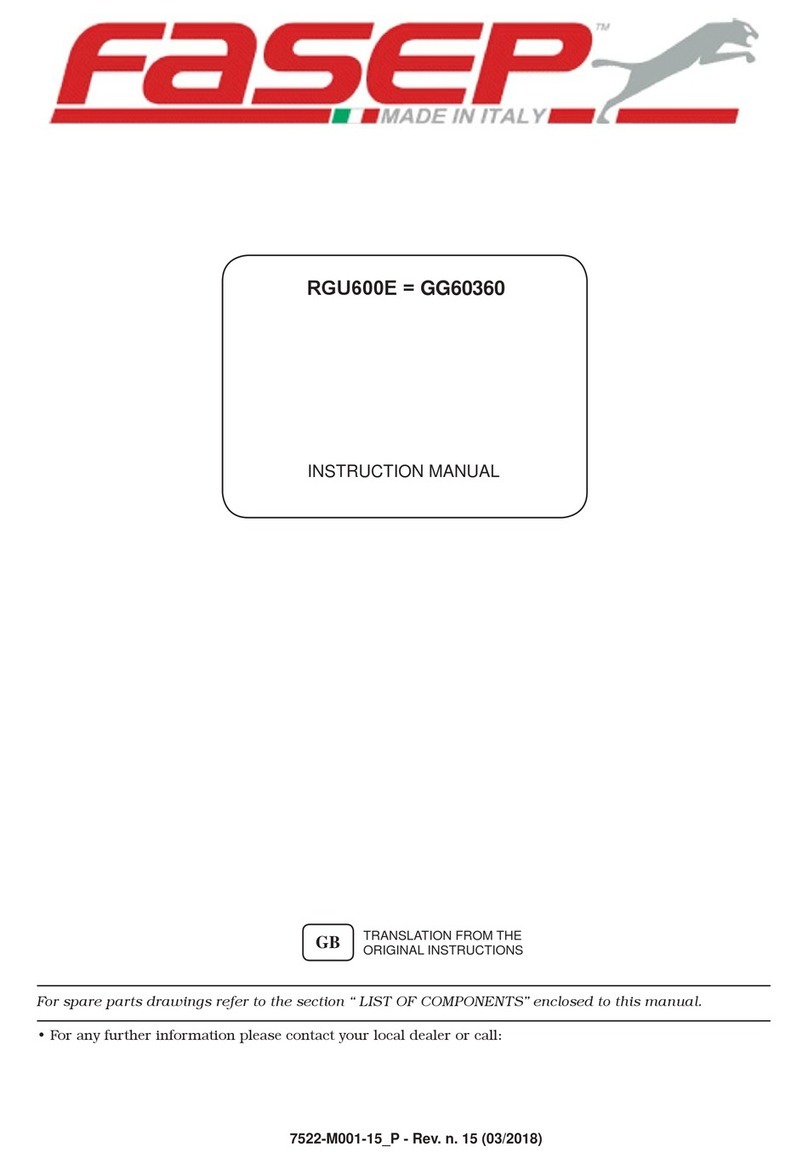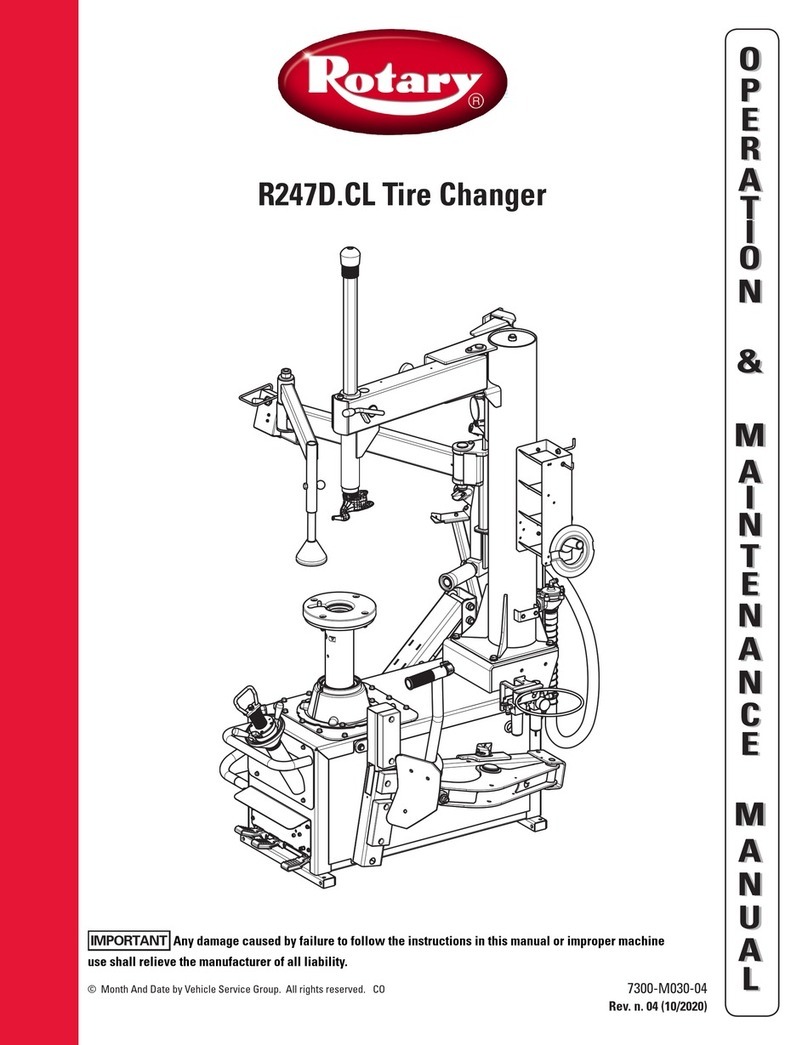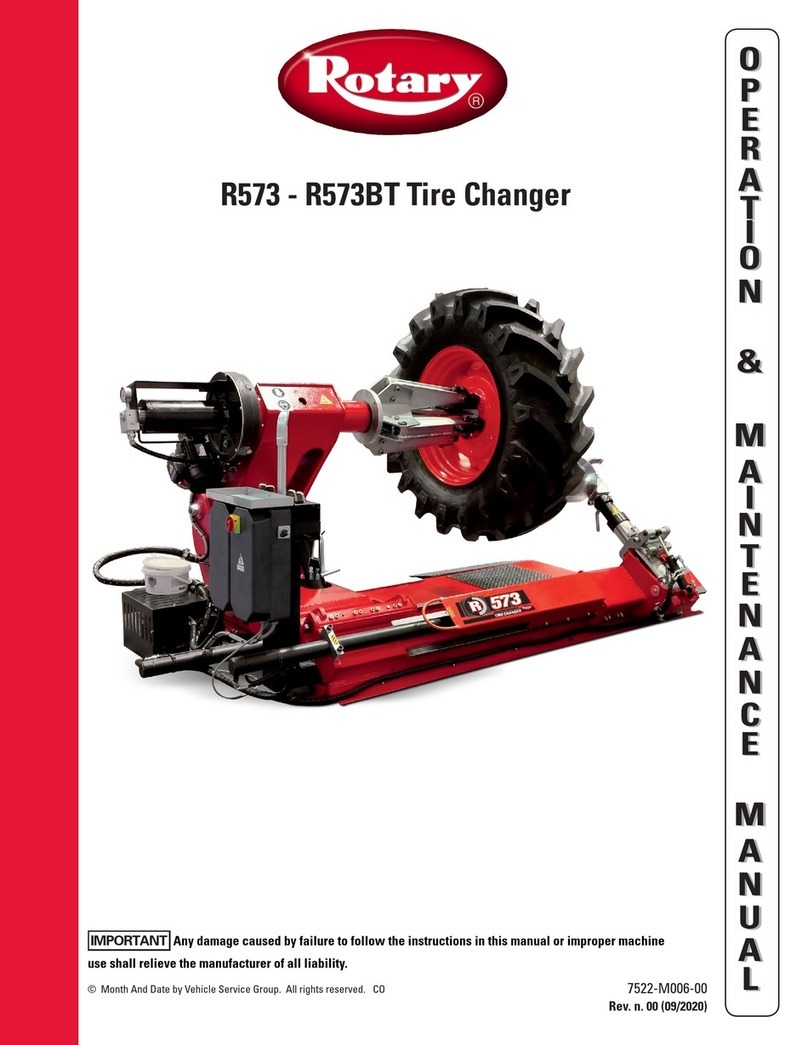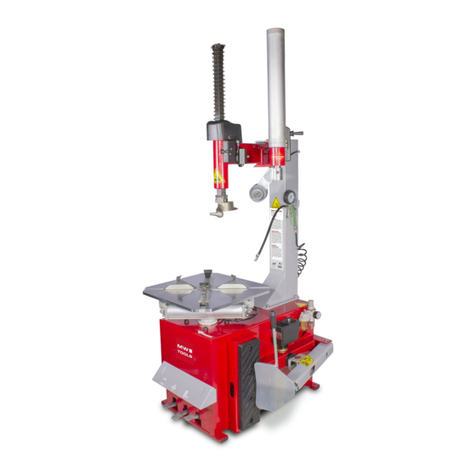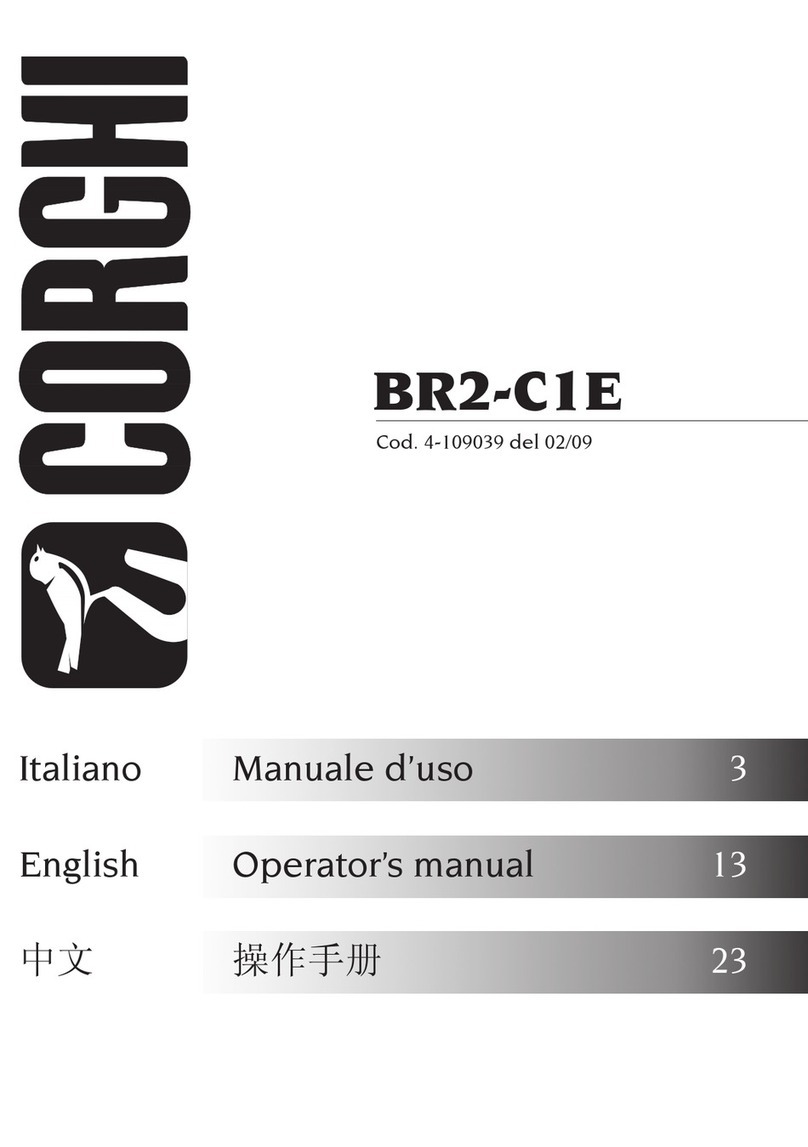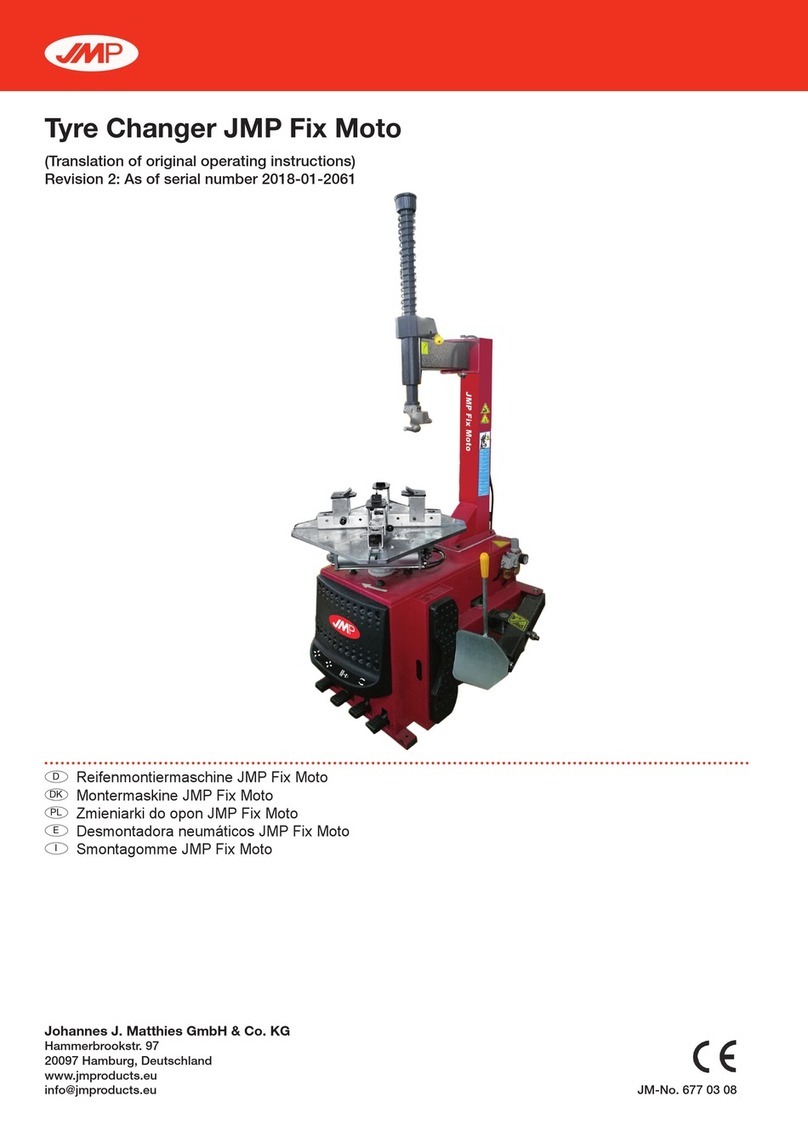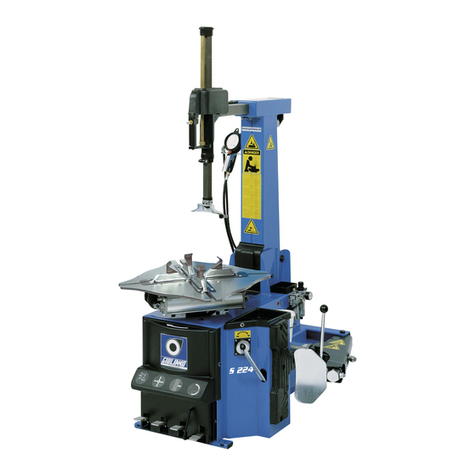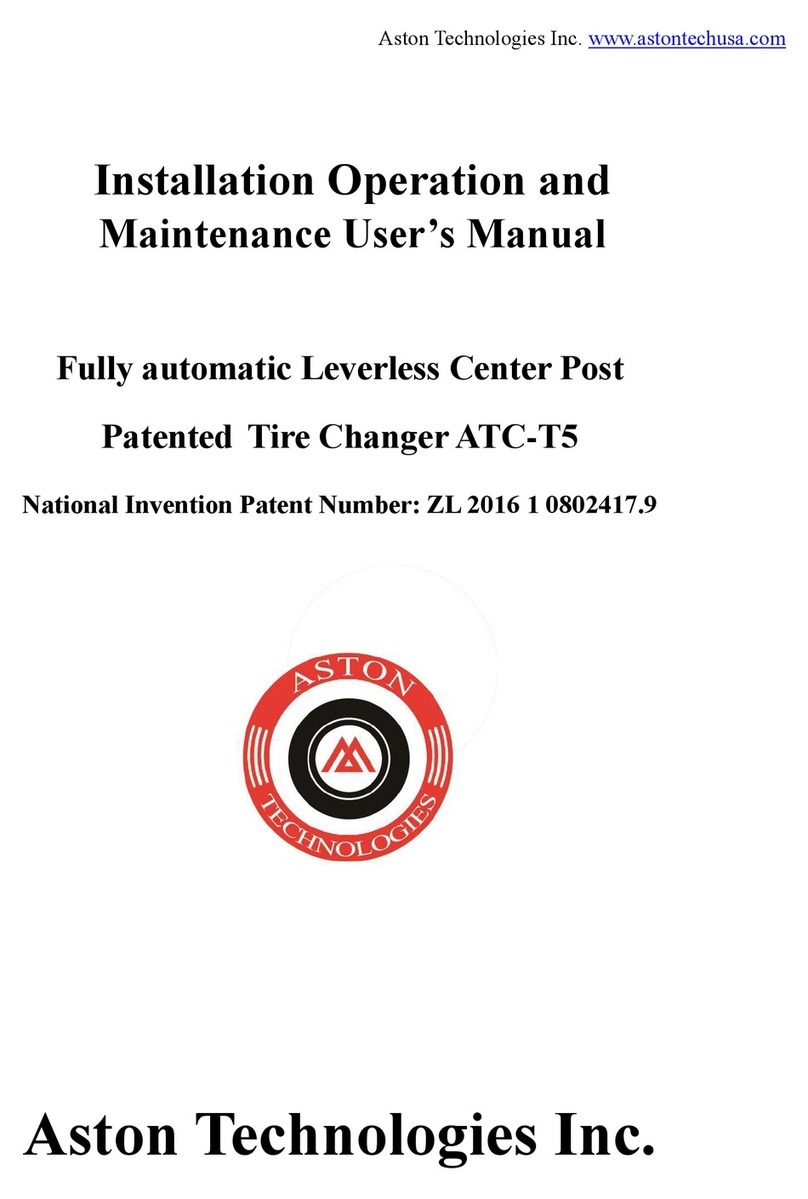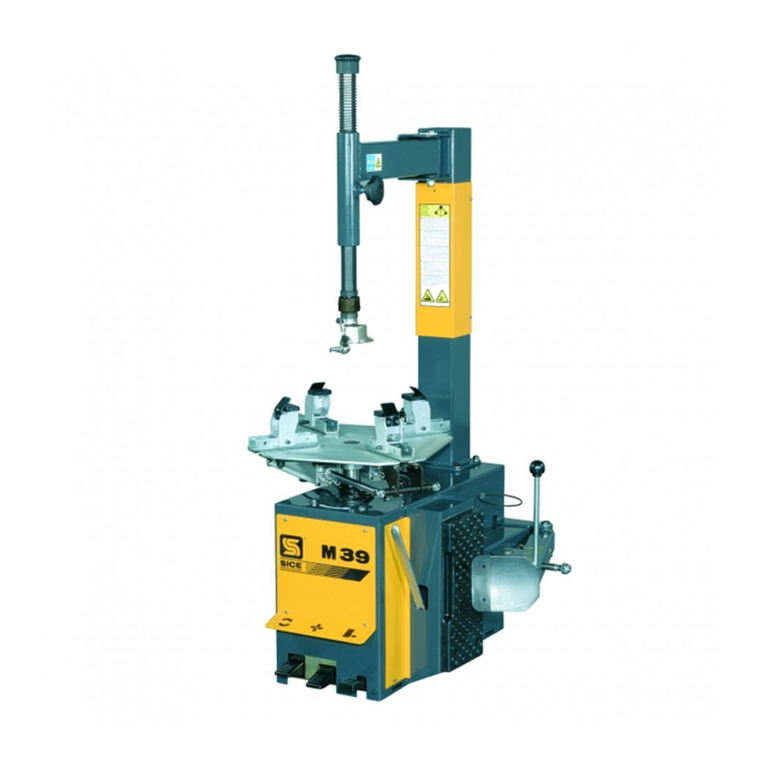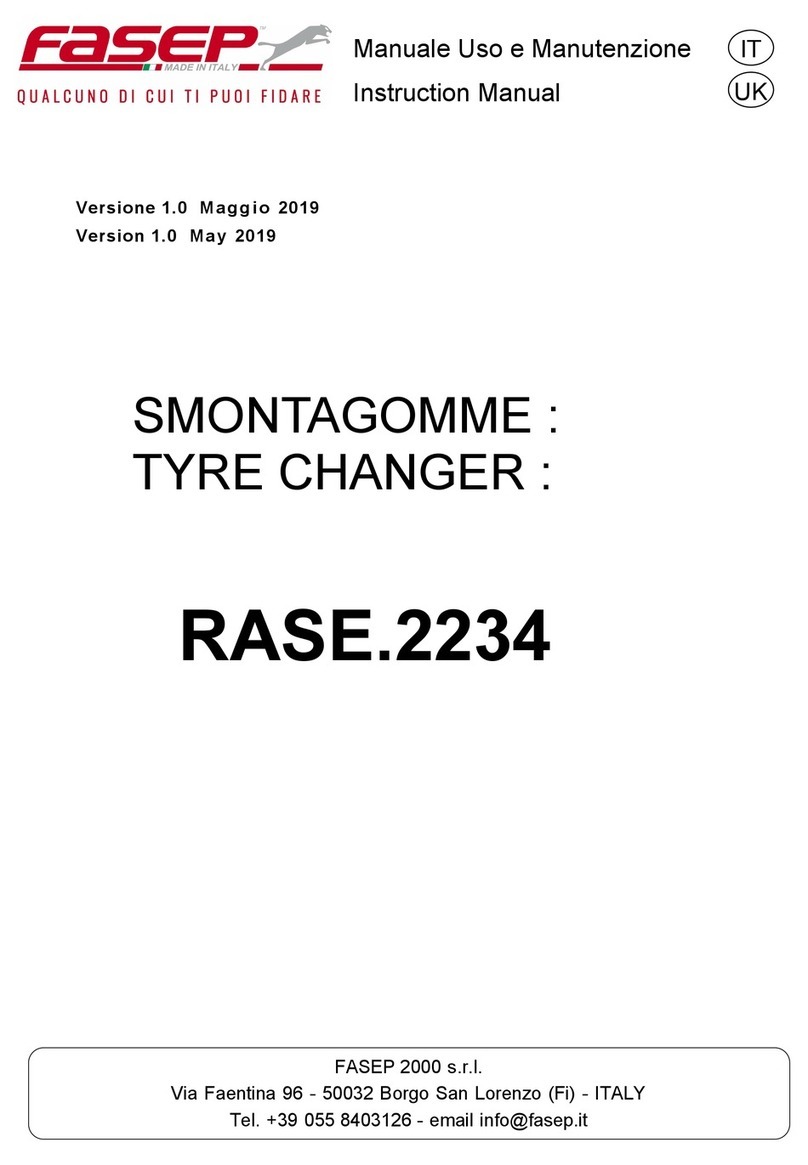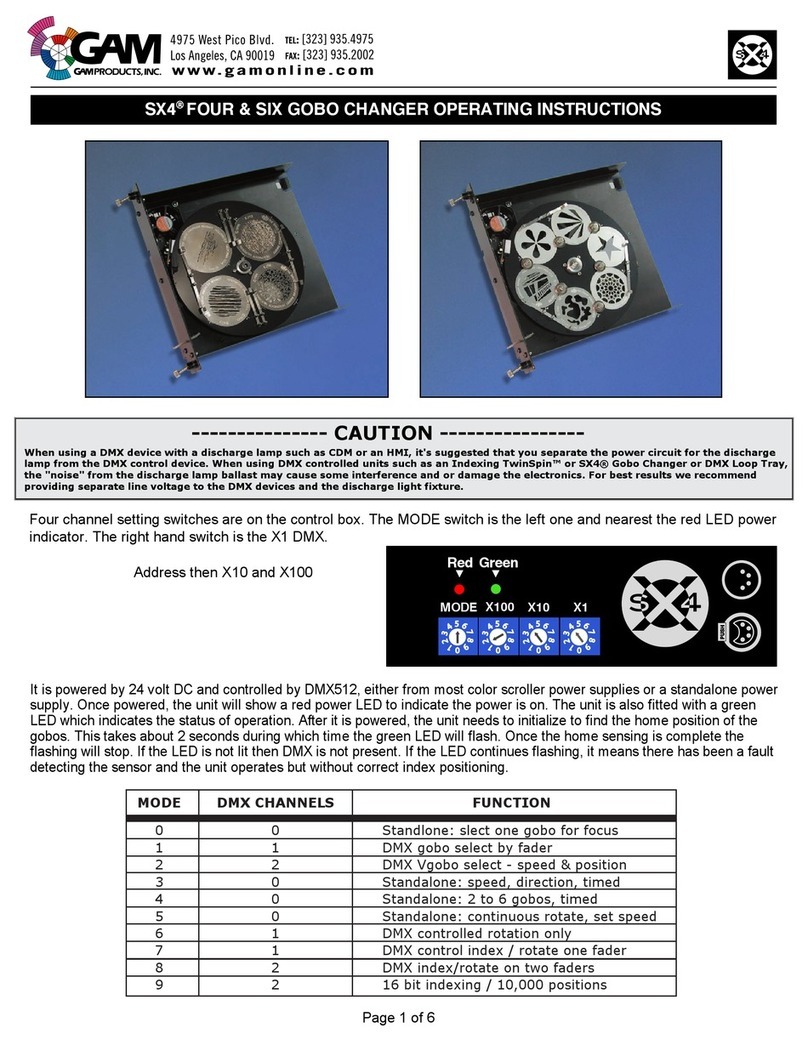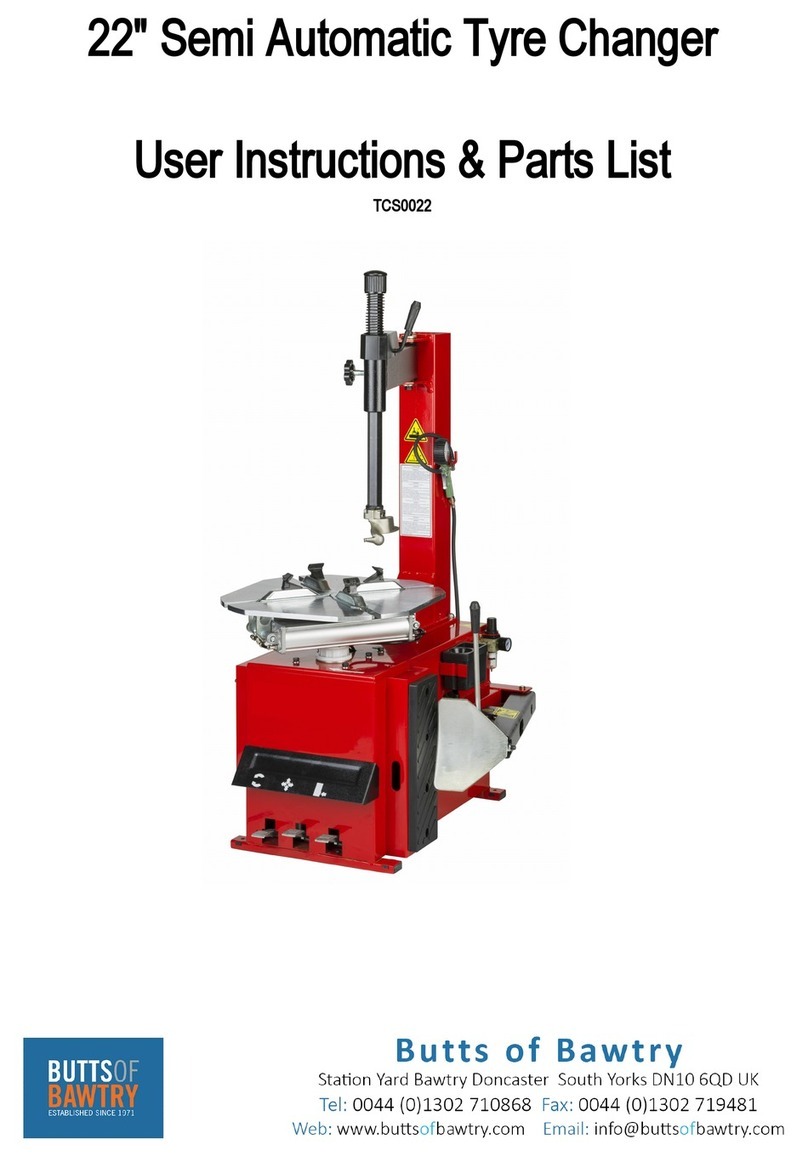
8
4.0 IMPORTANT SAFETY INSTRUCTIONS
When using your garage equipment, basic safety precautions should
always be followed, including the following:
1. Read all instructions.
2. Care must be taken as burns can occur from touching hot parts.
3. Do not operate equipment with a damaged cord or in case the
equipment has been dropped or damaged, until it has been
examinedbyaqualiedserviceperson.
4. Do not let a cord hang over the edge of the table, bench, or
counter or come in contact with hot manifolds or moving fan
blades.
5. Ifanextensioncordisnecessary,acordwithacurrentrating
equal to or more than that of the equipment should be used.
Cords rated for less current than the equipment may overheat.
Care should be taken to arrange the cord so that it will not be
tripped over or pulled.
6. Always unplug equipment from electrical outlet when not in use.
Never use the cord to pull the plug from the outlet. Grasp plug
and pull to disconnect.
7. Let equipment cool completely before putting away. Loop cord
loosely around equipment when storing.
8. To reduce the risk of fire, do not operate equipment in the vicinity
of open containers of flammable liquids (gasoline).
9. Adequate ventilation should be provided when working on
operating internal combustion engines.
10. Keep hair, loose clothing, fingers, and all parts of body away
from moving parts.
11. To reduce the risk of electric shock, do not use on wet surfaces
orexposetorain.
12. Use only as described in this manual. Use only manufacturer’s
recommended attachments.
13. ALWAYS WEAR SAFETY GLASSES. Everyday eyeglasses only
have impact resistant lenses, they are not safety glasses.
SAVE THESE INSTRUCTIONS
3.0 SAFETY DEVICES
DAILY CHECK THE INTEGRITY AND THE FUNC-
TIONALITY OF THE SAFETY AND PROTECTION
DEVICES ON THE EQUIPMENT.
All the machines are equipped with:
• hold-to-runcontrols(immediatestopofoperationwhenthecontrol
is released);
• controlslogicdispositiontopreventtheoperatorfromdangerous
mistakes;
• thermalswitchonthesupplylineofthepowerunitmotor:avoids
the motor overheating in case of intensive use;
NO MODIFICATION OR CALIBRATION OF THE
OPERATING PRESSURE OF THE MAXIMUM
PRESSURE VALVE OR OF THE HYDRAULIC
CIRCUIT PRESSURE LIMITER IS PERMITTED.
• controlledcheckvalveson:
- opening of self-centering chuck jaws,
- lifting of self-centering chuck.
These valves will stop unintended movement of the jaws and of
wheel clamping self-centering unit.
• Fusesontheelectricsupplylineofself-centeringchuckmotor;
• automaticpowersupplydisconnectwiththeopeningoftheelec-
tric cabinet.
•xedprotectionsandguards.
3.1 Residual risks
The equipment was subjected to a complete analysis of risks ac-
cording to reference standard EN ISO 12100.
Risks are as reduced as possible in relation with technology and
equipment functionality.
This manual stresses possible residual risks, also highlighted in
pictograms on the present manual and adhesive warning signals
placed on the equipment: their location is represented in “PLATES
LOCATION DRAWING” (see Fig._2).

